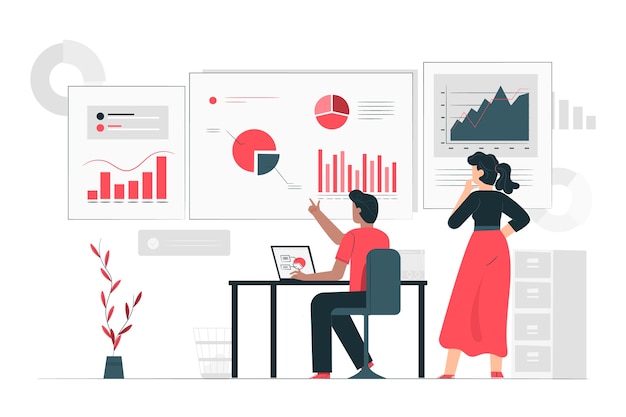
Time series database management systems (DBMS) have been around for a while, but they’ve been generating quite the buzz recently. Internet of Business highlights that time series data is coined as ‘data of the hour’ by many of today’s major data analytics players. Moreover, it has widespread applicability in many problem domains and industries. But what exactly is in it for businesses, and why is time series management being adopted globally at an incredible rate?
Defining Time Series Data Management
We can define time series data as a string of data points that is queried and indexed in specific time intervals. MongoDB’s post on time series data management explains how it can essentially track volumes of data changes by the second or minute (like sensor-based information), daily (gas prices), monthly (utility consumption), yearly (company growth), and by other time intervals. Time series databases are specifically designed for this purpose.
There’s an overwhelming amount of data to keep track of, which is why proper time series management plays an important part in the data lifecycle. ITPro Today mentions that most commercial DBMSes now incorporate time series capabilities, and even actively promote their platforms for time series use cases. For businesses, adopting these features could allow for efficient query performance and a tighter control over costs.
Effective Time Series Data Management Methods
There are five time series methods that are particularly helpful to business development. Time series regression relies on history to help define problems and develop controllable solutions. Time series analysis in Python on the other hand was developed largely for the financial sector, while time series in relation to R was designed to answer statistical problems for business forecasting.
Time series data analysis is often found in economics, social sciences, epidemiology, medicine, and physical sciences. Lastly, deep learning for time series is prevalently used when working with long sequences, multi-step forecasts, noisy data, and multiple inputs and outputs. Choosing a suitable time series method will entail clear objectives. What information do you want, and under what parameters? What is the estimated forecast horizon for your business?
Why Businesses Need Time Series Data Management
In an InfoQ podcast on machine learning for time series forecasting, Microsoft Data Scientist Manager Dr. Francesca Lazzeri explains that you can answer a lot of questions by relying on time series data. For instance, insights on trends, stock market analysis, inventory studies, budgetary analysis, yield projection, sales forecasting, can be leveraged to help your businesses become more data-driven when it comes to their decision-making.
Time series forecasting is reliable even when handling data that encompasses a broad time period and a large number of observations — data points are able to reveal fluctuation patterns that can serve as basis for future market decisions. Additionally, the time series method can measure endogenous growth, or development due to an organization’s internal human capital. For instance, businesses might see the impact of policy changes through time series analysis.
Data gathered by time-series DBMS can help developers better monitor systems, which can allow them to subsequently make changes or updates in close to real-time. In the case of data scientists, these insights also allow them to make time series easier to model. Automaker Tesla, US department chain Nordstrom, and online auction site eBay are examples of big business names that are known to heavily rely on time series DBMS.
The Future of Time Series Data Management
Big Data and Artificial Intelligence (AI) has helped redefine the business forecasting methods of today, particularly in time series DBMS. Businesses should begin to adopt long-term methods and keep an eye out for further developments in this field.

